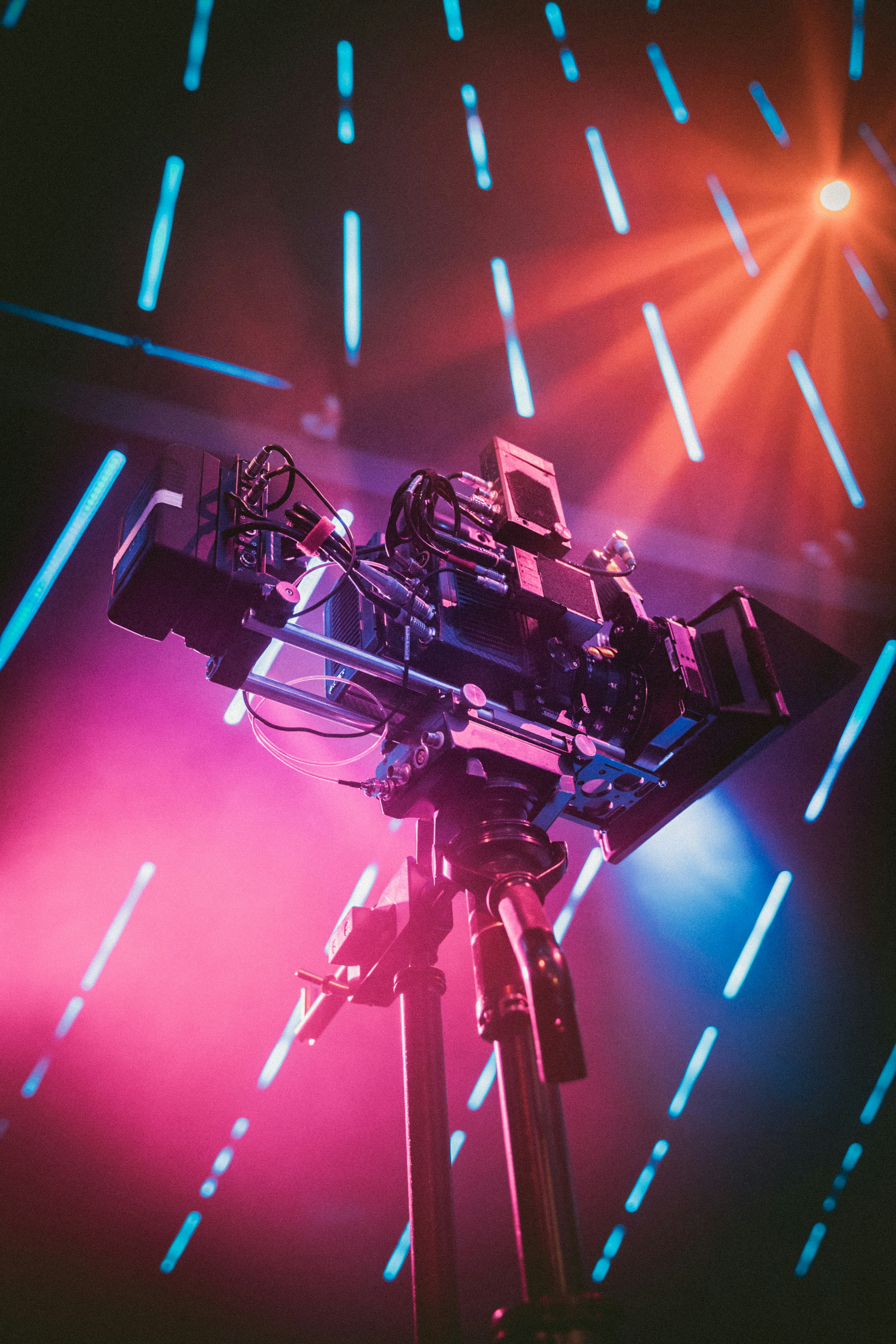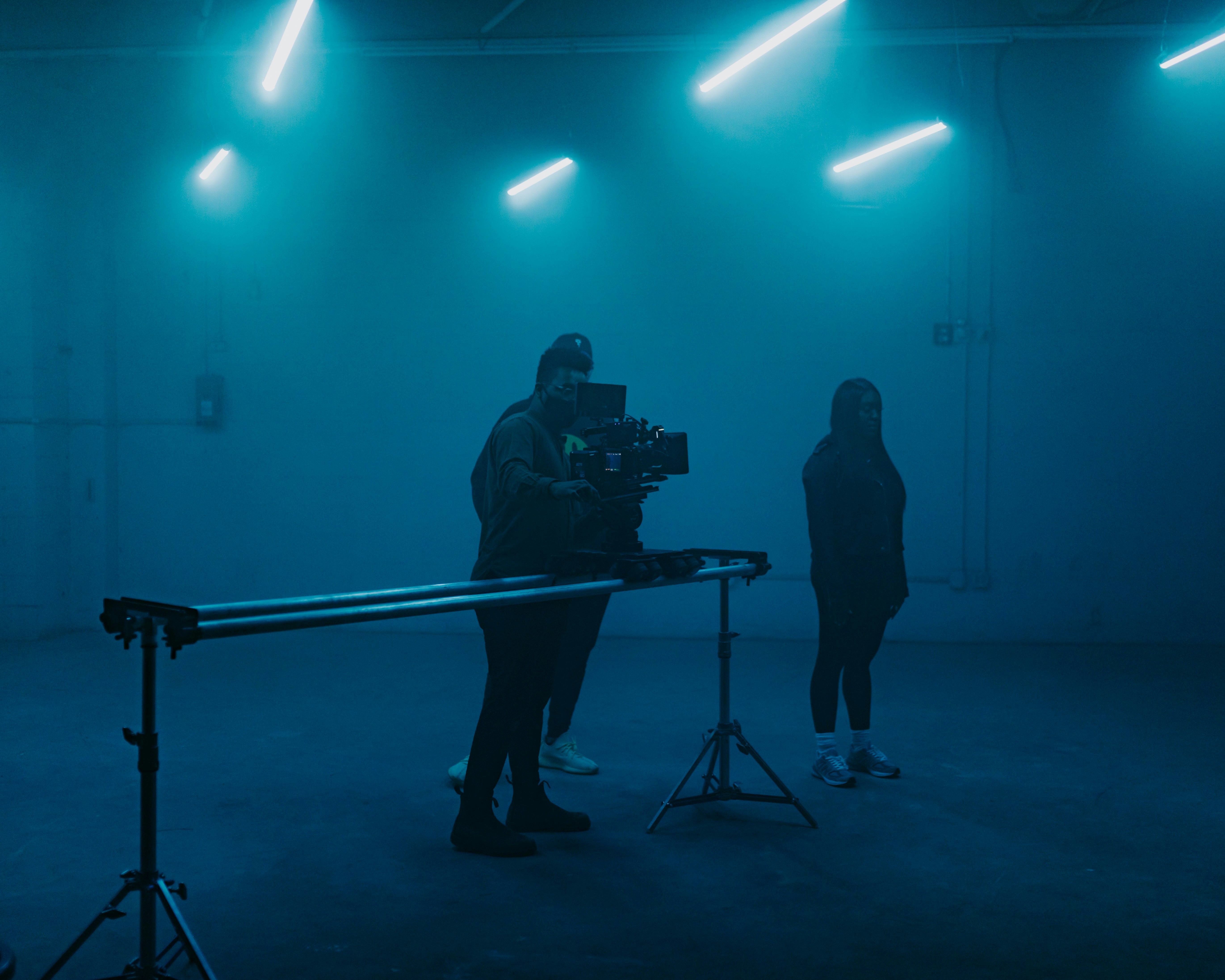Among these tools, the handheld technique stands out for its raw, immersive effect. But what exactly does it communicate to the viewer?
What is Handheld?
A handheld shot is created when the camera is operated without a tripod or stabilizing rig—held directly by the cinematographer. When used intentionally, it communicates:
• A sense of authenticity
• Emotional chaos or lack of control
• A feeling that the viewer is 'inside' the scene, not just observing it
Psychological Effects of Handheld Filming
1. Tension and Uncertainty
Handheld footage subconsciously creates tension. The unstable image suggests emotional instability or danger. Commonly used in thrillers, dramas, and high-stakes moments.
Examples: The Bourne Identity, Children of Men, Breaking Bad
2. Documentary Feel and Realism
Handheld visuals give a sense of witnessing a real event. It builds believability and closeness between the viewer and the narrative.
Examples: The Blair Witch Project, United 93, District 9
3. Emotional Proximity
This style puts the viewer close to the character’s mental state. In scenes of panic, isolation, or vulnerability, handheld shots help the viewer feel what the character feels.
Examples: Requiem for a Dream, Manchester by the Sea
When to Use Handheld vs. Static Shots
| Scenario | Preferred Camera Style |
|----------------------------------|------------------------------|
| High control, order | Static, dolly, slider |
| Tension, spontaneity | Handheld |
| Emotional distance | Static with wide framing |
| Empathy, subjectivity | Handheld with close framing |
Directors and cinematographers choose these styles not just technically, but meaningfully—because the camera doesn’t just show—it speaks.
Kaynock’s Production Approach
At Kaynock, we approach every scene not just thinking about how it will look, but how it will emotionally land on the viewer. Whether we choose handheld or stabilized shooting, the camera acts as an emotional extension of the story. Each choice serves the psychological tone of the moment.
Conclusion: Camera Movement is Visual Psychology
Handheld shots are not just aesthetic decisions. When used properly, they build tension, bring us closer to characters, and deepen storytelling. That’s why camera movement is never just about 'how' it’s done—but why.
In great filmmaking, the most impactful scenes are rarely the most obvious. They’re the ones we feel—thanks to choices we didn’t even notice.
Let’s keep in touch.
Follow us on LinkedIn and Instagram.




